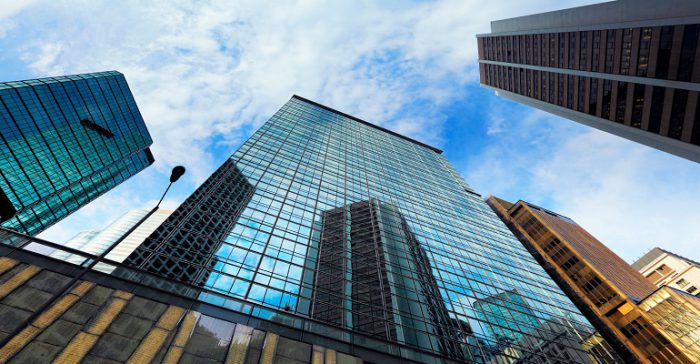An energy-saving checklist for commercial buildings
Proud Green Building, June 21, 2017
Nearly one-fifth of all the energy consumed in the United States is used by commercial buildings.
As necessary as it is for the machine of the American economy to keep running, however, a good portion of the energy used by those commercial buildings is wasted. Given how important efficiency is to the bottom line, it becomes important for commercial building owners and their tenants to improve the energy efficiency of commercial buildings.
By cutting the amount of energy wasted by a commercial building, even a fraction of a percent can save businesses a substantial amount of money and increase their profit margins accordingly. That’s the good news — the better news is that many of the steps commercial building owners and tenants can take to reduce wasted energy are relatively easy, according to Premiere Works.
Simple ideas, big savings
One of the easiest ways to reduce wasted energy in commercial buildings is to focus on more energy-efficient lighting. Replacing incandescent light bulbs with energy-efficient CFL or LED bulbs promotes greater efficiency. Building owners and tenants also simply can turn off lights when they’re not necessary.
Building owners can automate this process using timers or motion detectors that keep lights switched off when there’s no one in the room to need them.
In fact, a significant portion of the energy in most commercial buildings is wasted because it’s powering devices no one is using at the time. By using the power-saving mode on office equipment such as desktop computers or copiers — or unplugging them altogether when they’re not in use — offices and other commercial buildings can reduce the amount of energy they’re wasting. Purchasing ENERGY STAR-certified office equipment also helps ensure when equipment is plugged in and running, it wastes as little energy as possible.
Commercial building owners can promote a more energy-efficient property by keeping their HVAC systems in good working order and insulating all ductwork. Weather stripping along doorways and windows prevents heat loss, which means HVAC systems don’t have to work as hard and waste energy during the winter. Programmable thermostats help assure that buildings will be kept at a comfortable temperature when employees are present, and that HVAC systems can get a rest when business hours conclude.
Other simple tips that can lead to major energy savings include changes in behavior that might take a little getting used to but can lead to greater efficiency. For example, encouraging employees to teleconference from home whenever possible can reduce the energy burden on commercial buildings. Using digital documents in place of hard copies can reduce energy usage, as can using both sides of the page when printing documents.
Promoting carpooling or the use of public transportation for commuting also can save businesses in energy costs by reducing the need for parking facilities. What’s more, companies that have a corporate fleet of vehicles can save a lot of energy by converting their vehicles to hybrid or alternative fuels such as compressed natural gas.
Saving energy and money
Commercial property owners and employers who are concerned about the environment as well as their bottom line would do well to consider these and other energy-saving tips for commercial buildings. For more information, this checklist contains numerous simple ideas that can be put into practice almost immediately and deliver significant energy savings.
Read More
